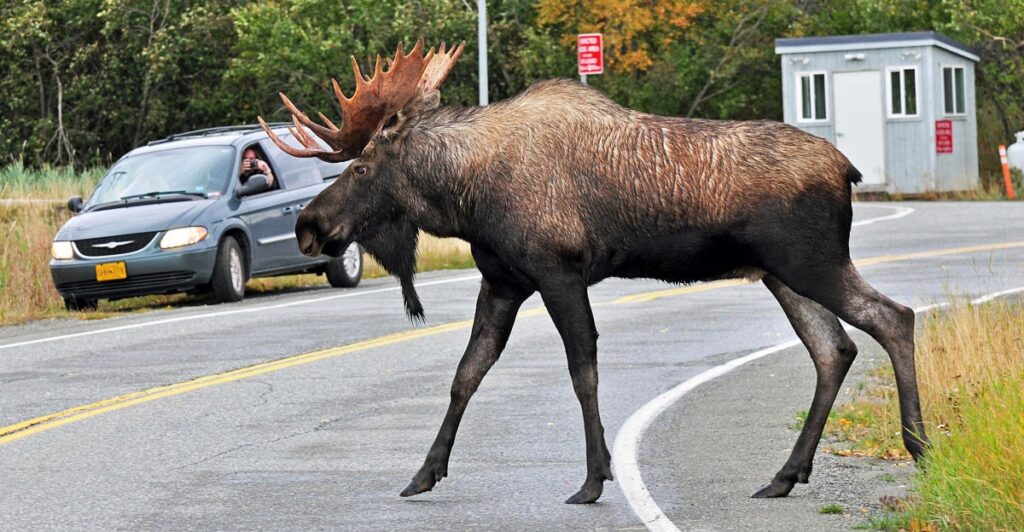
The moose population in Colorado has a complicated history with conservation. In 1978, there were only 24 moose in Colorado, but through introduction efforts, the population has managed to climb in the last 50 years to a staggering 3,500 individuals.
This is celebrated by many as a conservation success story, but their increase in population to such a drastic height could have implications for local ecosystems. Moose thrive in wetland ecosystems and can consume more than 60 pounds of willow in a day.
Willow makes up over 90% of their summer diet, and with their natural predators being either low in numbers or nonexistent, they are free to overgraze. Wolves, who are the natural predators of moose, have had a long and tempestuous history in Colorado, with their population only numbering 30 individuals today.
Not Originally Native

Moose are not an original native species of the Colorado state, and in the early 20th-century, there were only a handful of individuals who had wandered across the border from Wyoming. More moose were introduced into the state in 1978 to aid with economic factors such as hunting and tourism.
Their introduction has unforeseen ecological factors, especially for local willows and aspens in the area that play a crucial role in their ecosystems. The moose herd introduced now exceeds 3,500 individuals, which has outpaced all predictions from conservation groups.
The species, when low in numbers, were good for the ecosystem. However, in such large numbers, they are doing more harm than good.
Willow Apocalypse
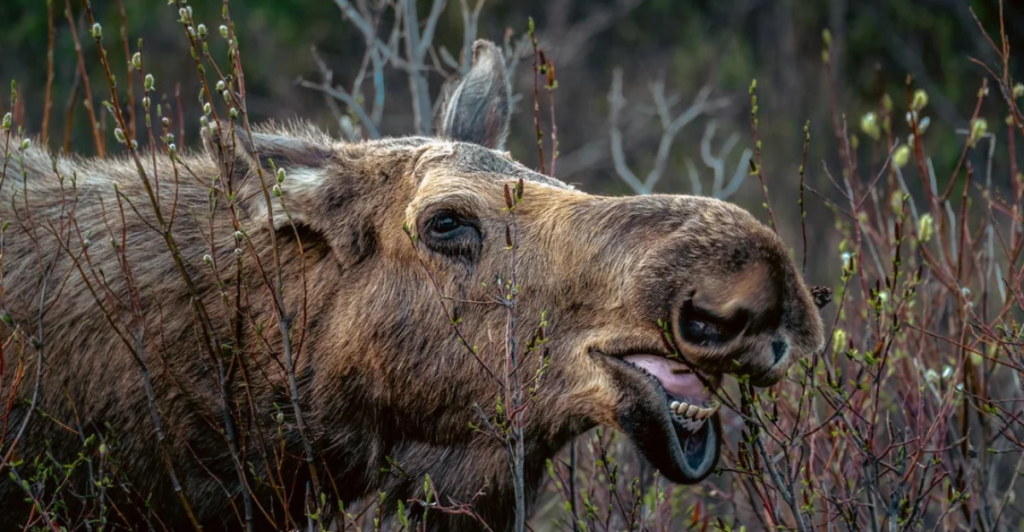
With such a large heard, the moose are stripping Colorado’s wetlands of their vegetation. A moose can consume around fifteen times more willow than an elk in one day.
Moose are in every major drainage in Rocky Mountain National Park, with herds in the summer moving together in enormous numbers. These effects on willow spell terrible consequences for the ecosystem, as many different animals are impacted.
Beavers don’t have any building materials without willows, wetlands will start to dry, and biodiversity will decline as water quality and soil erosion become inevitable products of the absence of willow and aspen. Restoration projects to stop the overgrazing of the elk population are also undermined.
Impact On Beavers
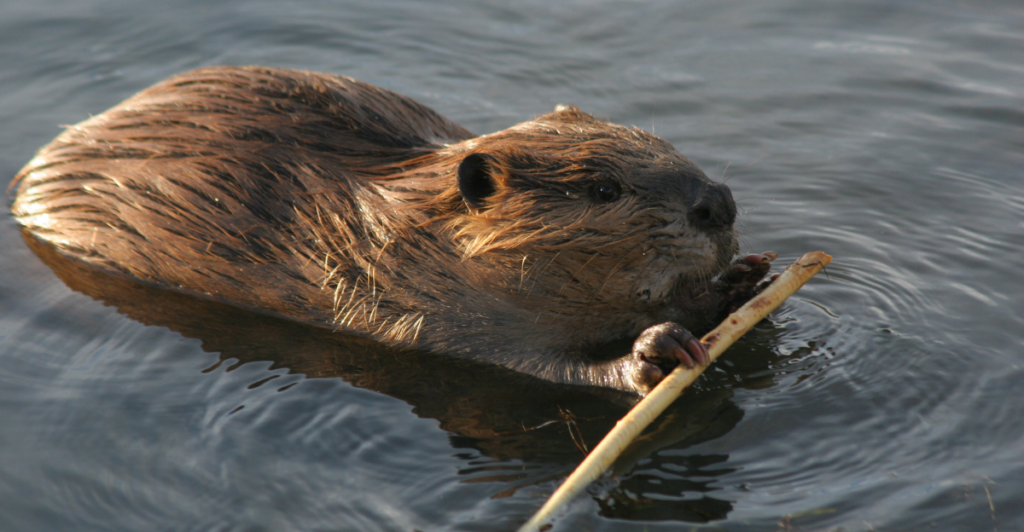
Willows are essential to local beaver populations, not just for building materials but also as a source of food. Without them, beaver numbers may decline, which has implications for the ecosystem’s natural infrastructure. Beavers are ecosystem engineers that play an important role in wetland health. Floodplains are created by beaver dams, which further nourish willow and create more habitats, bringing more biodiversity. Degraded willow correlates with a 70% drop in beaver activity in the last fifteen years. Wetlands start to shrink, water tables drop, and the risk of wildfires increases with drier conditions. This collapse will happen silently in the background amidst the invasion of moose and the destruction they are having on the environment.
Human-Moose Conflict

While they are rare, moose attacks do happen, and with the increase of their population, they only become more common. In the last ten years, these attacks have tripled, with incidents in Grand Lake and Aspen highlighting an increase risk to tourists.
While elk are mostly docile, moose are quite territorial and can be aggressive during calving seasons. Other human-moose conflicts have also become more common, with vehicle collisions rising by 40% on Highway 125.
With more moose around, their population is starting to move into urban outskirts, only increasing the risks of conflict even more. Moose are becoming an increasing problem for public safety, ecosystems, and economic factors.
Management Quagmire
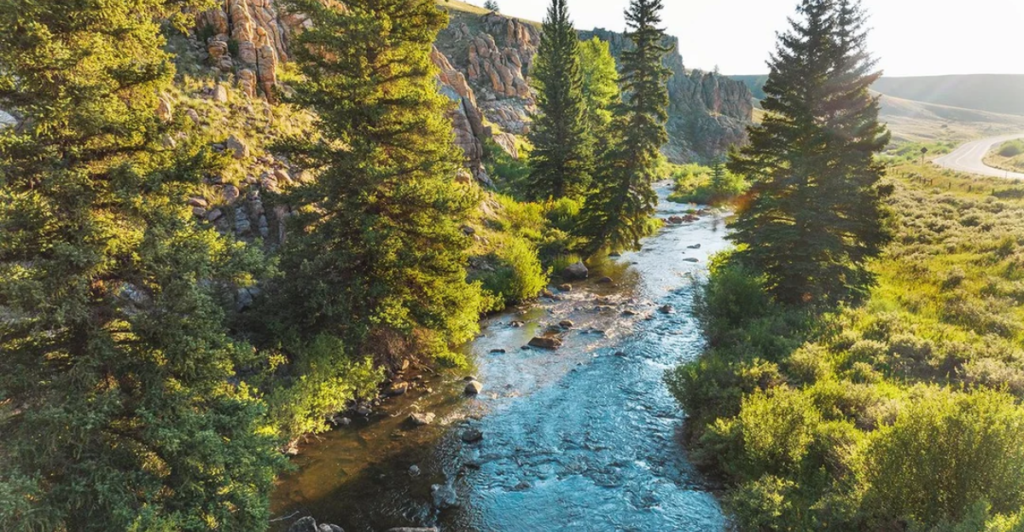
Colorado Parks and Wildlife (CPW) have a dilemma on their hands. Hunting licenses were once thought to be able to manage the moose population, but it is apparent that it barely makes a difference. 1,200 licenses are issued every year, but this barely makes a dent in their population when it is growing around 15% annually. Rocky Mountain National Park’s wilderness policy does prohibit lethal control of the population, such as culling practices.
This creates an environment for moose to grow their population and remain unchecked. To complicate efforts, there is a clash between local state and federal legislation, which hinders coordinated responses to the growing problem.
Controlling their population through fertility control remains controversial and experimental, with limited scalability. This highlights a broad failure to adapt wildlife policies for a proactive approach in dealing with rampant populations.
Climate Change
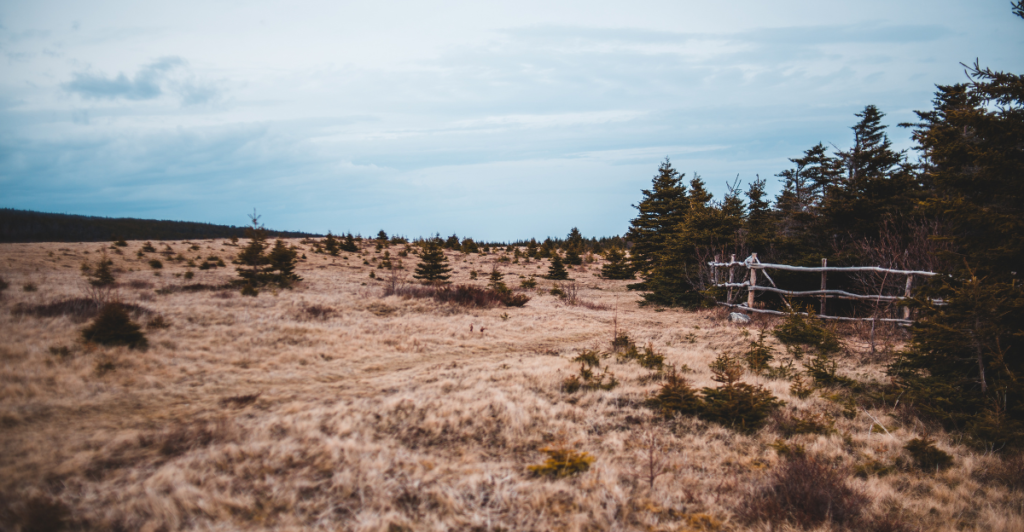
The impacts that the moose population are having on ecosystems is further strained by climate factors. Warmer summers mean that moose have a higher metabolic rate, which ends in them consuming even more vital vegetation. Colorado Parks and Wildlife predicts that in the next ten years, there will be a further 30% decline in willow populations if the moose population increases at its current rate.
Milder winters also mean that moose populations have a lower calf mortality rate, only accelerating their population growth. Wetland degradation and wildfire risks are only intensified with climate change and moose working together to impact habitats negatively.
Their response to global warming is creating a vicious cycle that many species may not recover from if effective action isn’t taken.
Economic Gain Versus Ecological Decline
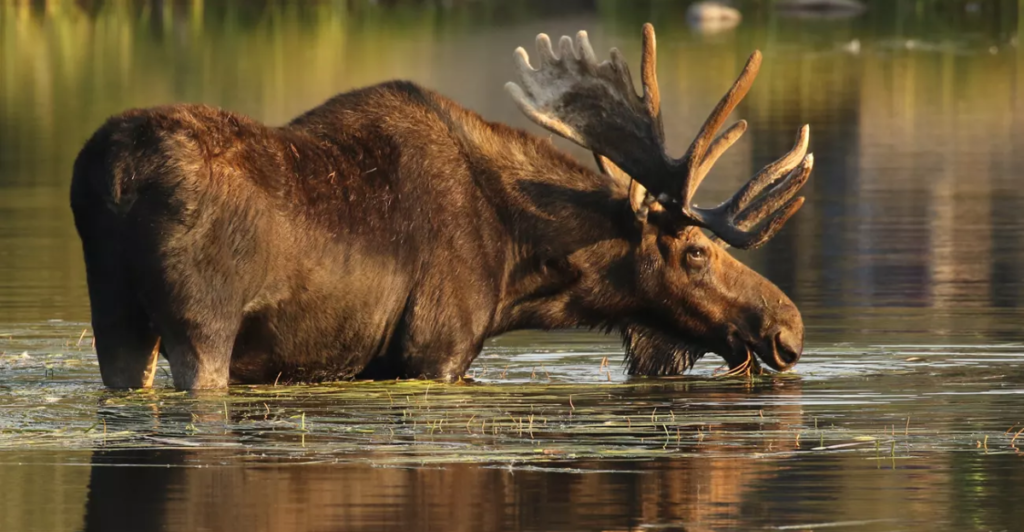
Moose were originally introduced for economic gain. Today, moose bring in a lot of tourism to Colorado, generating around $12 million every year. This economic factor contrasts the ecological decline that the species are having in their environment.
Factors like ecosystem destruction and human conflict could cost the state $3.5 million in restoring vital habitats, infrastructure like eco bridges to avoid collisions, and emergency response when conflicts do occur. The short-term economic benefits overshadow the long-term implications on both Colorado’s biodiversity and its public safety. Sustainable tourism needs to balance economic gain and ecological health.
This complex problem may require innovative research in order to deal with the moose population effectively without entirely undoing economic benefits.
The Future
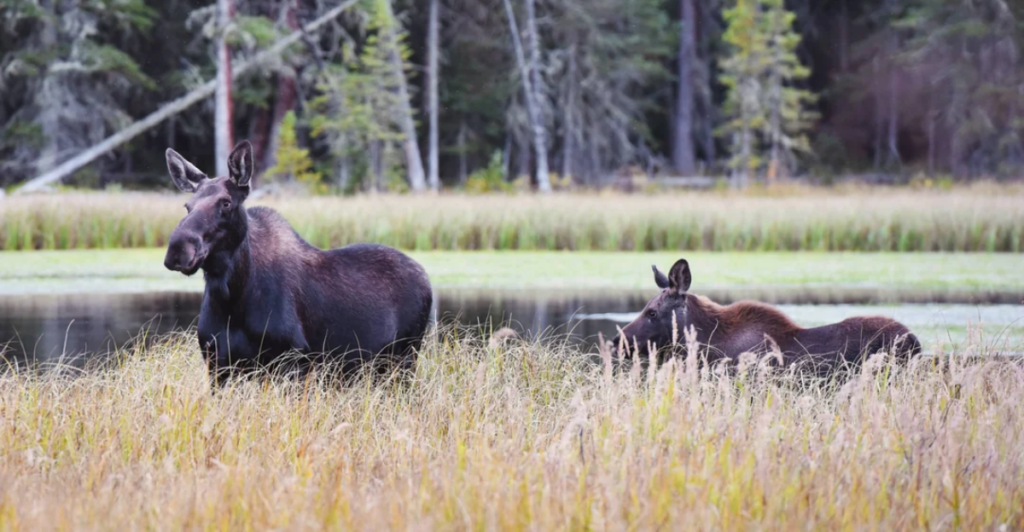
Researchers have made projections for the future of the moose population. If their population growth trends maintain on course, there could be as many as 10,000 individuals by 2040. Massive herds would overwhelm the local ecosystem, which wouldn’t be able to adapt quickly enough to their overgrazing and climate impacts.
There are management plans that explore more controversial solutions. The reintroduction of wolves into other areas like Yellowstone, where overgrazing is also rampant, has worked in the past.
Hunting quotas could be expanded to help lower the population, and fertility control could also play an important role in keeping them from going out of control.
A Cautionary Tale
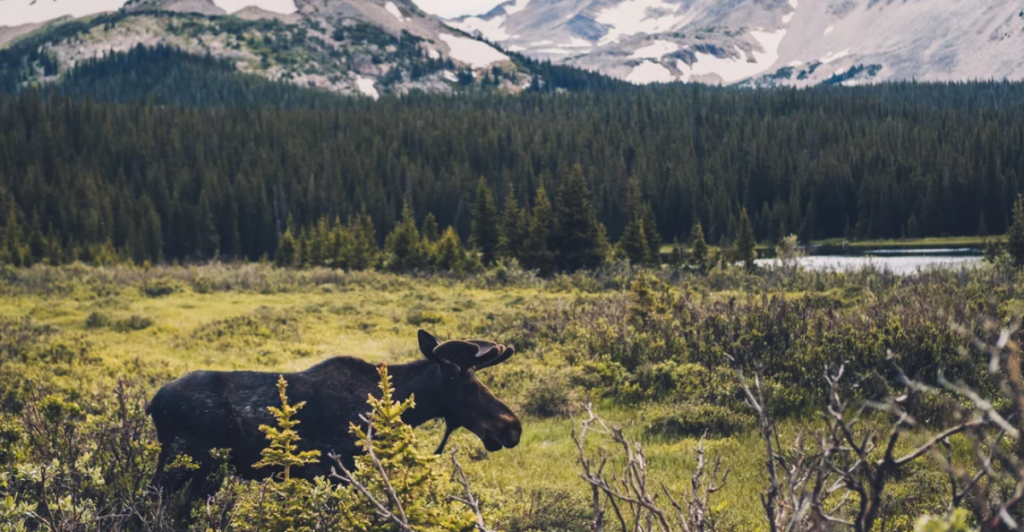
The moose population in Colorado is a cautionary tale of what implications economic motivated species management can have in the long-term. The species was introduced purely for recreational purposes and is now having an alarming effect on the greater ecosystem, public safety, and climate factors.
Effective action has been stalled by legislative complexity and a lack of proactive approaches to solve their growing population before it became a problem. Wetland restoration must be prioritized over economic gain, and a failure to act now could have disastrous effects on the biodiversity of the greater ecosystem in the future.
In a rapidly changing world, future impacts of any conservation or economic efforts must be taken into consideration to prevent situations like this from happening elsewhere.
Explore more of our trending stories and hit Follow to keep them coming to your feed!

Don’t miss out on more stories like this! Hit the Follow button at the top of this article to stay updated with the latest news. Share your thoughts in the comments—we’d love to hear from you!







